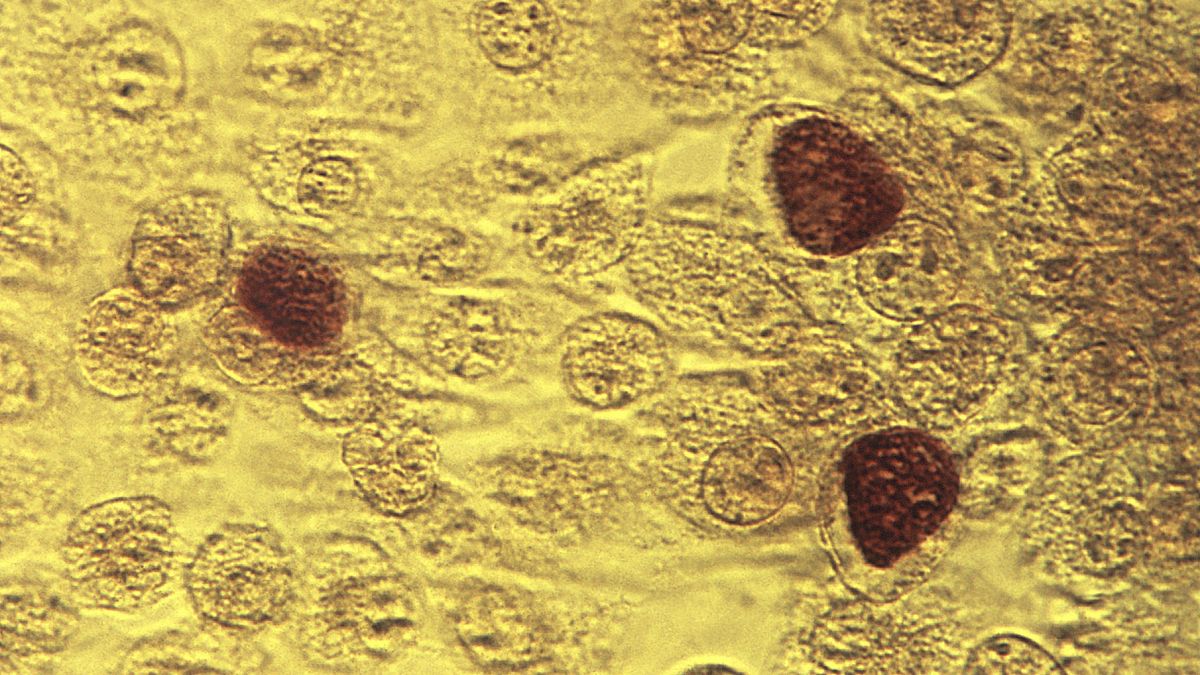New data showed a fall in syphilis and gonorrhoea cases in the US.
Some sexually transmitted diseases are slowing in the US after alarming increases in the past years due to declining condom use, inadequate sex education, and reduced testing and treatment when the COVID-19 pandemic hit.
Last year, cases of the most infectious stages of syphilis fell 10 per cent from the year prior, marking the first substantial decline in more than two decades.
Gonorrhoea cases dropped 7 per cent, marking a second straight year of decline and bringing the number below what it was in 2019.
“I’m encouraged, and it’s been a long time since I felt that way” about the nation’s epidemic of sexually transmitted infections, said the Center for Disease Control (CDC)’s Dr Jonathan Mermin. “Something is working”.
More than 2.4 million cases of syphilis, gonorrhoea and chlamydia were diagnosed and reported last year: 1.6 million cases of chlamydia, 600,000 of gonorrhoea, and more than 209,000 of syphilis.
Syphilis is a particular concern
New cases of syphilis plummeted in the US starting in the 1940s when infection-fighting antibiotics became widely available, and they trended down for a half-century after that.
By 2002, however, cases began rising again, with men who have sex with other men being disproportionately affected.
The new report found cases of syphilis in their early, most infectious stages dropped 13 per cent among gay and bisexual men. It was the first such drop since the agency began reporting data for that group in the mid-2000s.
However, there was a 12 per cent increase in the rate of cases of unknown- or later-stage syphilis, which was a reflection of people infected years ago.
Cases of syphilis in newborns, which is passed on from infected mothers, also rose. There were nearly 4,000 cases, including 279 stillbirths and infant deaths.
What caused some of the STD trends to improve in the US?
Several experts say one contributor is the growing use of an antibiotic as a “morning-after pill”. Studies have shown that taking doxycycline within 72 hours of unprotected sex cuts the risk of developing syphilis, gonorrhoea and chlamydia.
In June, the CDC started recommending doxycycline as a morning-after pill, specifically for gay and bisexual men and transgender women who recently had an STD diagnosis. But health departments and organisations in some cities had been giving the pills to people for a couple of years.
Some experts believe that the 2022 mpox outbreak, which mainly hit gay and bisexual men, may have had a lingering effect on sexual behaviour in 2023, or at least on people’s willingness to get tested when strange sores appeared.
Another factor may have been an increase in the number of health workers testing people for infections, doing contact tracing and connecting people to treatment.
What’s the situation in Europe?
European authorities warned earlier this year of a “troubling surge” in sexually transmitted infections.
In 2022, gonorrhoea cases rose by 48 per cent, syphilis cases by 34 per cent, and chlamydia cases by 16 per cent compared to the previous year, according to the European Centre for Disease Prevention and Control (ECDC).
Gonorrhoea cases, for instance, were at the highest annual number in the past decade in 2022 at more than 70,800. There were more than 216,000 cases of chlamydia in the same year and more than 35,000 cases of syphilis.
Every year there are more than 300,000 sexually transmitted infections reported in the EU and European Economic Area.
Experts urged governments to focus on testing, treatment, and prevention efforts to address the rise in infections.
Read the full article here















